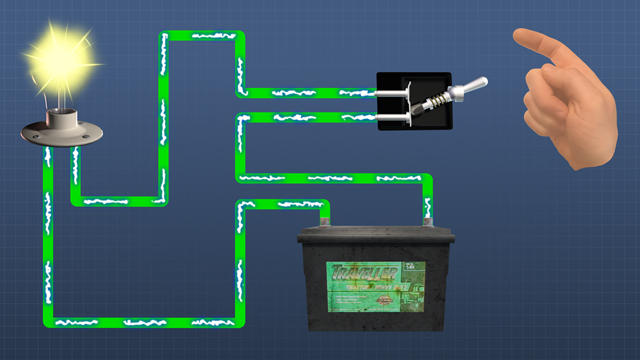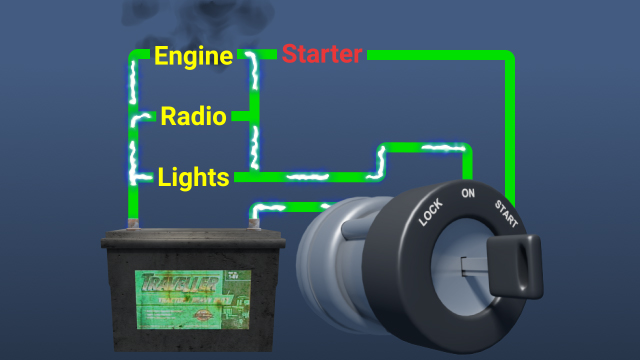Electrical Switches
An electrical switch is any device used to interrupt the flow of electrons in a circuit. This course begins with an overview of switches, then describes several types of common switches, and ends with common switch contact designs.









Demos + Pricing
Learn more about our courses, get pricing, and see our platform.
Course Details
Learning Objectives
At the end of this module you will be able to:
• Describe the purpose of a switch
• Describe the difference between maintained and momentary switches
• List the two major categories of switch actuation
• Explain the term “normally open”
• Describe “poles” and “throws”
• Define a limit switch
• Describe a mercury switch
• Describe a relay
Specs
Frequently Asked Questions
What is the difference between a maintained and a momentary switch?
How can a switch be actuated?
What are switch poles and throws?
What is one advantage common to mercury and reed switches?
What are two classes of switches that not only control the flow of electricity, but are also actuated by electricity?
Sample Video Transcript
Limit switches are triggered by the position of a machine part that contacts and actuates the switch. There is a sub-group of conditionally actuated switches that respond to physical conditions such as temperature, pressure, magnetic fields, liquid level, gravity or light. These switches rely on some type of transformational mechanism to sense a condition and convert that into a switch actuation. The transformational mechanism is often integrated into the switch. For example, a bimetallic strip consists of two strips of dissimilar metals bonded together that bend as the temperature changes. The bending motion can be combined with a switch to turn a furnace on and off, thereby creating a thermostat that can be used to control the temperature of a house. A change in pressure in a compressed air tank can be move a piston or diaphragm that can, in turn, operate a switch to turn a compressor on and off to maintain a given air pressure range in the tank.













